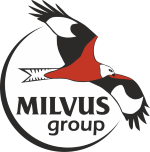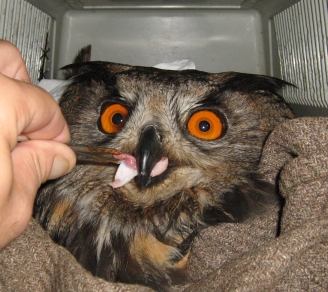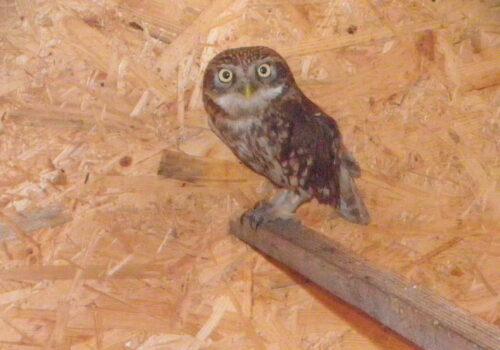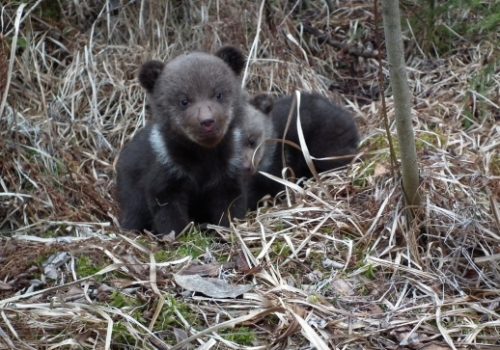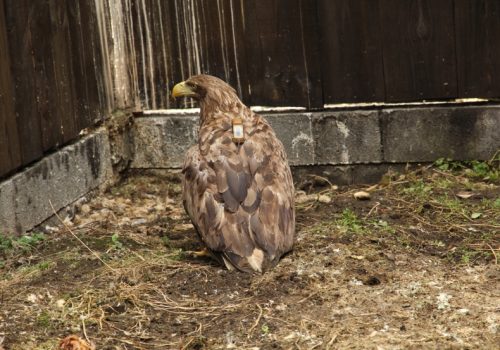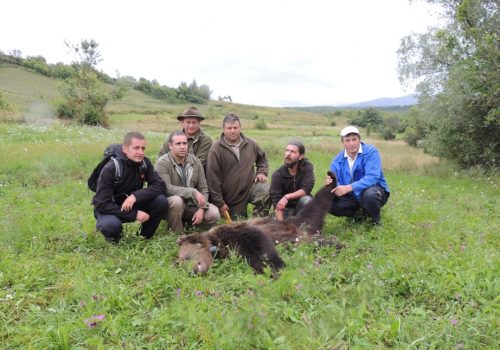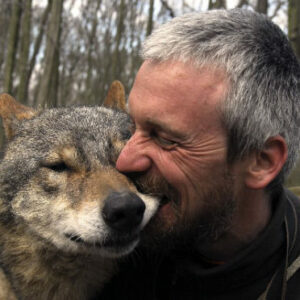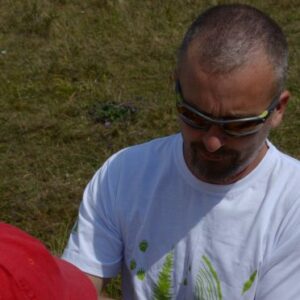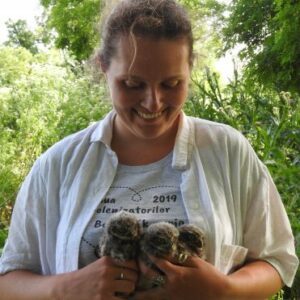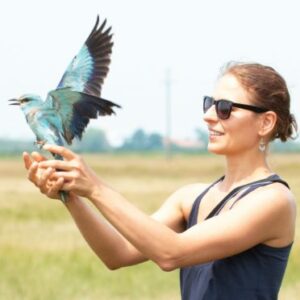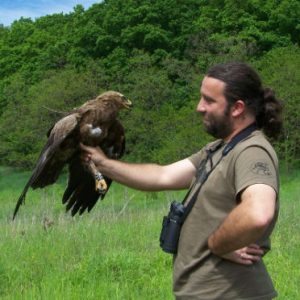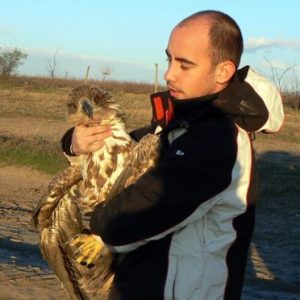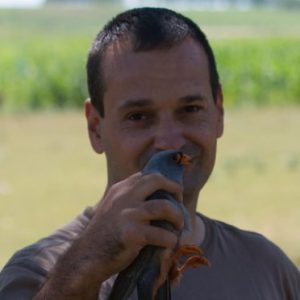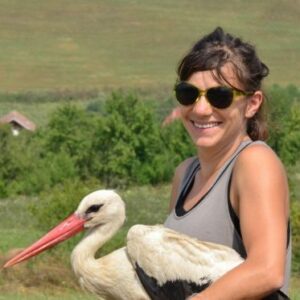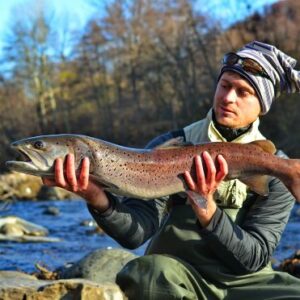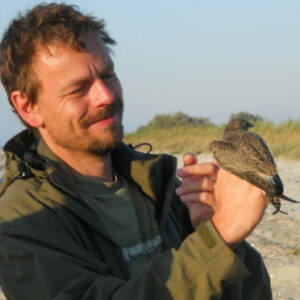First things first, you need to think of our safety and identify the species of the bird. Even small raptors such as the Little Owl have strong beaks and feet and can cause unpleasant injuries, while larger birds such as storks and herons are capable of harm with their long bills. Then, if the bird is distressed, you can calm it down by covering its head with blanket, clothes or cloth, bearing in mind that any zips or buckles must be facing upwards so as to avoid causing additional injuries to the bird. This is important as the bird is likely to be in shock and your attempts to help it could cause it further distress. Further, you should handle the bird with care, holding it by the tarsus (lower leg) and securing its wings by holding them to its body.
For transporting the bird, the most suitable and accessible vessel is a cardboard box. If you are able to choose the size of the box you should pick one according to the size of the bird: the bird has to fit with its wings and legs pulled to its body. By using a well fitting box you reduce the risk of damage to the plumage and tail, as well as the chances of other injuries. Small holes should then be made in the box so as to ensure an adequate supply of oxygen. Once the bird is inside, carefully secure the box with a rope or some tape to make sure the bird will not escape during transit. Then, until you have reached your destination, leave the bird in peace; if the box is repeatedly opened it is likely to cause unnecessary stress to the bird.
The next step is to phone up a veterinarian or take the bird directly to the vet’s surgery. It is vital you don’t try and treat it at home as you may end up cause further harm. This is especially true if the bird has a fracture, in which case it is a common mistake that people ask for help only after a couple of days of keeping the bird at home. This could cost the life of the bird.
At the vets, you must be thorough in describing the conditions in which you found the bird, as this could help the vet in making a diagnosis. Birds found near pylons are likely to have suffered an electric shock. This eventuality wouldn’t cause any symptoms for the first few days, but it is vital to try and diagnose early on so the bird can be treated. If at the location where the bird was found there were other corpses, this may indicate poisoning (it also helps if you can note to the castings of the bird or the consistence of its droppings). If you find bait it should definitely be collected for sampling and to avoid the poisoning of other birds. In case of poisoning the bird has to be taken urgently to a vet!
In the case of external injuries, when there is bright red bleeding you should apply a pressure bandage, and then check it in 2-3 hours to make sure the bleeding has slowed or stopped. If there is a bone fracture it should be stabilized with a splint, large enough to cover both the the joint above and below the injury. This is important because closed fractures can easily become open, unless properly stabilized. If there is an open (compound) fracture, ideally an antibiotic ointment should be applied to the point of breakage in the bone. The best antibiotic for this is Betadin, in either ointment or tincture form. However, if this is not possible then you should simply apply water to the broken bone, so as to keep it moist until you reach the vet.
If you are not able to get to the vet quickly and it appears that the bird has gone a long time without either food or water, you should try and give the bird some water to drink. You can use a straw, syringe, spoon or simply your finger to drop some water into the bird’s beak.
Feeding is necessary only if it is apparent that the bird has gone a long time without food and is very weak. Even then you must be very careful as giving inappropriate food can cause the death of the bird. The nutritional and hunger status of the bird can be determined from the fat on its breast. You can find the fat if you palpate the sternum of the bird: if you feel that the sternal angle is sticking out then it means the bird is weak, but if you feel the muscle or the fat then it is not necessary to feed the bird yet.
Attention! Small birds need to be fed more often, thus they need much more attention. Raptor birds can live without feeding for 1-2 days.
If the beak of the bird is cone shaped, similar to a sparrow`s, than it is a seed-eating bird. They can be fed with sunflower seeds or mixed seed which can be found in pet shops. If the beak of the bird is slender, pointed or hooked than it is an insectivorous or a raptor bird. For insectivorous birds you can give mealworms which also can be found in pet shops. For raptors you can give chopped up animal organs (heart, liver) or small chicken pieces. The size of the food has to be easy to swallow; it should be less than half the diameter of the beak and much shorter.
In the case of a window collision, the first thing to do is to put the bird in a quiet, safe place, out of reach from cats or dogs, and then wait to see if it recovers. Often they suffer only a little loss of balance and they recover easily in a few minutes, after which they can be released. If not, then they should be taken to the vet.
Phone numbers where anyone can ask for help in case of an injured bird:
„Milvus Group” Bird and Nature Protection Association:0722 533816.
Vets4Wild Association: Levente Borka Vitális +40 744 509 254,
Loránd Köbölkuti +40 744 597 674, Csongor Szilágyi +40 744 899 719
